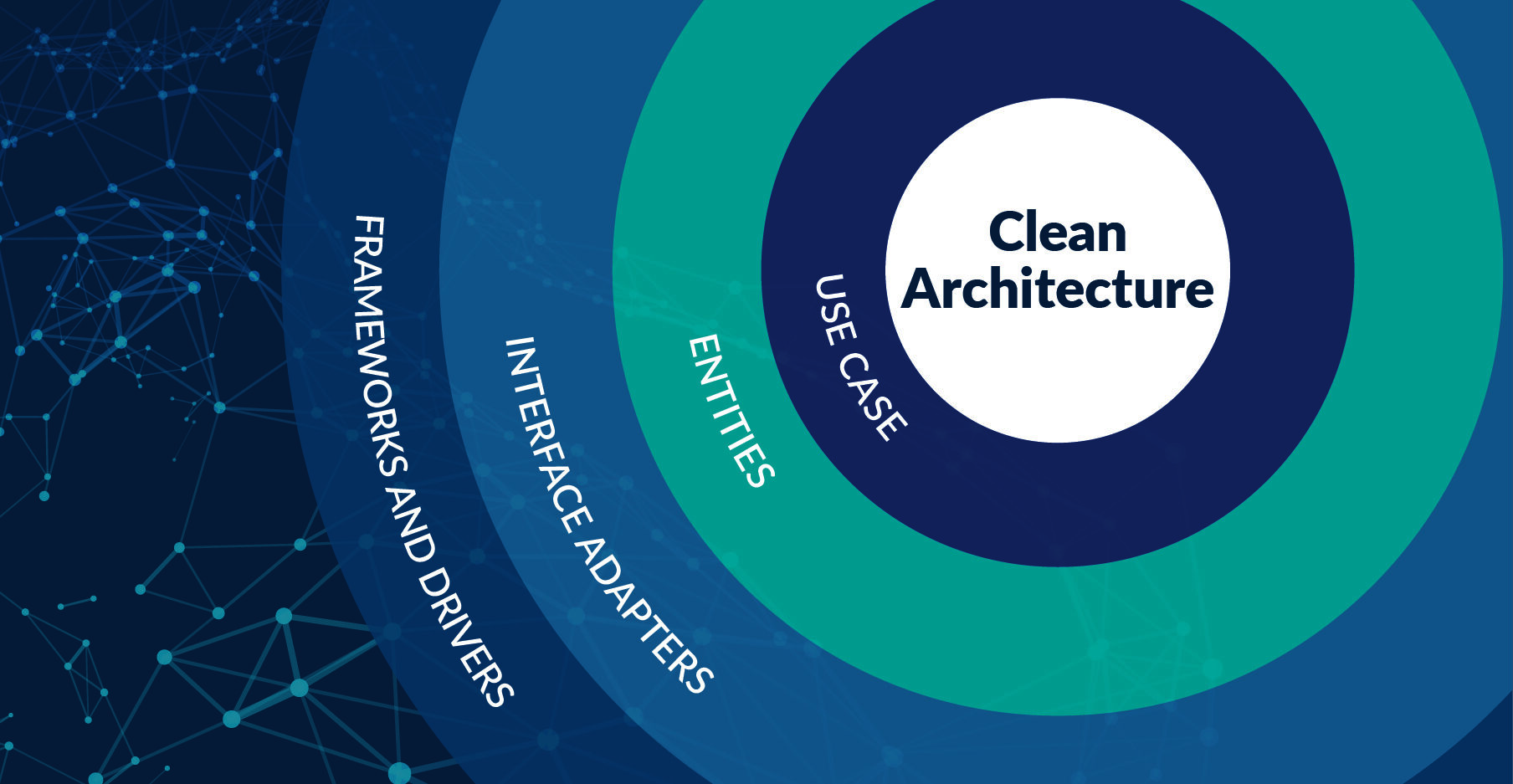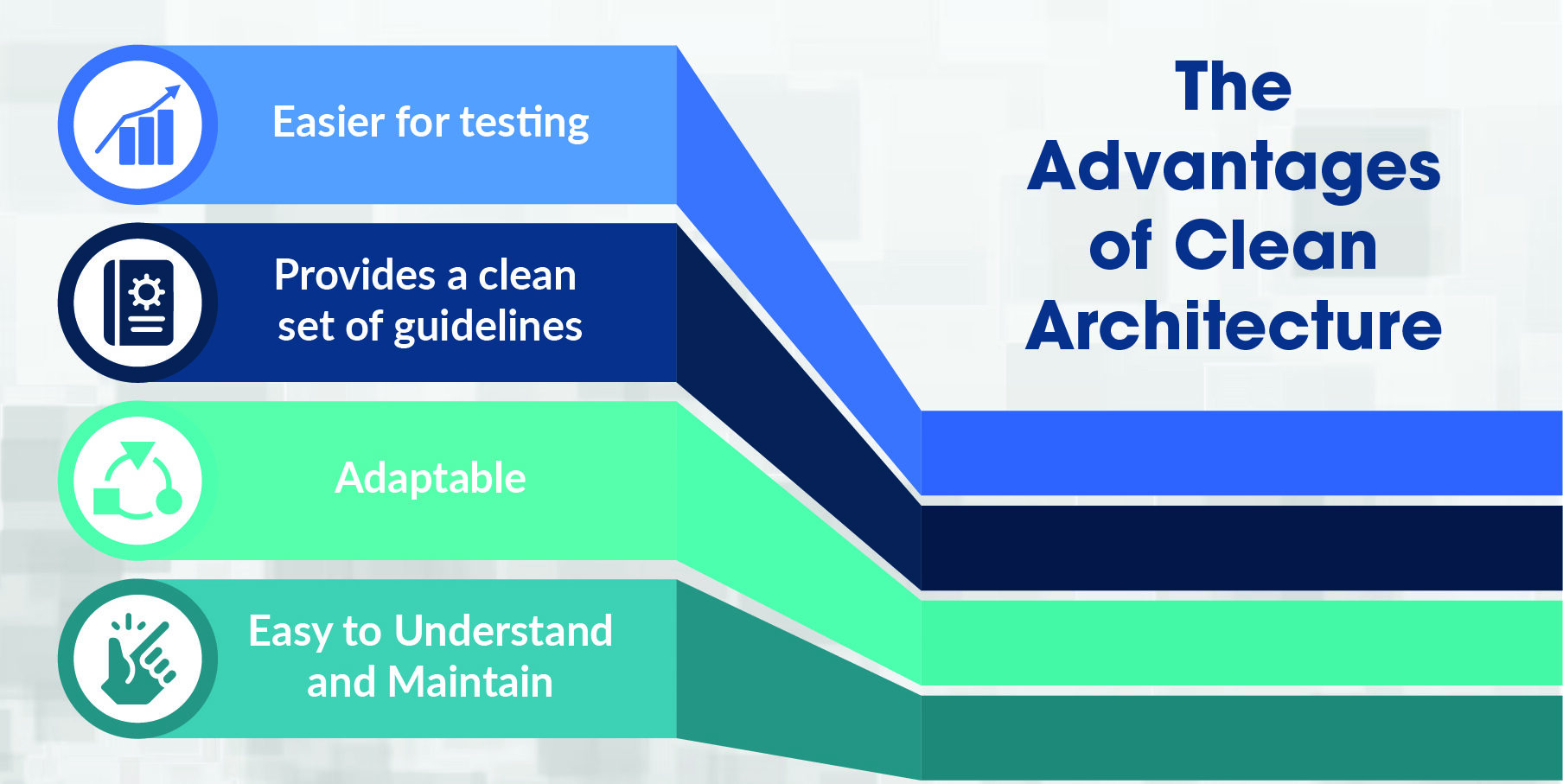Clean Architecture is an architectural pattern that aims to separate the concerns of a software system into distinct layers, making the code more maintainable, testable, and scalable. The central idea behind Clean Architecture is that the inner layers of a system should not depend on the outer layers. Thus allowing for greater flexibility and ease of modification.
Layers of Clean Architecture
The layers of a Clean Architecture system can be broken down into several distinct components.

The Use Case Layer
The Use Cases layer is the first layer of the Clean Architecture system. It is responsible for handling the business logic of the application. It is where the core functionality of the application is defined and implemented.
The Use Cases layer is typically composed of use case classes, each of which corresponds to a specific business requirement or action that the application needs to perform. The purpose of the Use Cases layer is to encapsulate the business logic of the system and provide a clear and consistent interface for the other layers of the system to interact with.
By keeping the business logic in a separate layer, it becomes much easier to understand and modify the code, as well as to test the system. It should not depend on any of the other layers of the system, and should only interact with them through a set of well-defined interfaces. This ensures that the business logic of the system is decoupled from the details of the infrastructure and user interface. This makes it easier to change or replace these components without affecting the core functionality of the system.
The Use Cases layer should be focused on a specific business requirement or action, and should not contain any infrastructure or presentation logic. They should be designed to be as simple and small as possible, with a single responsibility. This helps to keep the business logic of the system easy to understand and maintain.
The Entities Layer
This layer contains the domain objects that are used by the Use Cases layer to perform its business logic. These objects are typically plain old data objects (PODOs) that hold the data for the system, and may also include methods for manipulating that data.
For example, an entity class might represent a user account and include methods for validating the user’s email address or password.
The Interface Adapters Layer
This layer is responsible for adapting the objects in the Entities layer to the outside world. It contains the code that maps between the internal data structures of the system and the external data structures that are used by the user interface or other external systems.
For example, an interface adapter class might handle the process of converting a user account entity object into a JSON object that can be sent to a web client.
The Frameworks and Drivers Layer
This is the outermost layer of the system, and is responsible for providing the infrastructure and services that the other layers depend on. This layer contains the code for interacting with databases, web services, and other external systems.
For example, a framework or driver class might handle the process of connecting to a MySQL database, or sending a request to a web service.
Advantages of Clean Architecture
One of the key advantages of Clean Architecture is that it allows for a clear separation of concerns between the different layers of the system. This makes it easier to understand the overall structure of the code. As well as making it easier to modify or extend the system without introducing unintended side effects.
For example, if a developer needs to change the way that user accounts are stored in the database, they can make the necessary changes in the Frameworks and Drivers layer without having to worry about how this will affect the rest of the system.

Easier for Testing
Another advantage of Clean Architecture is that it makes it easier to test the system. Because the different layers of the system are decoupled, it is possible to test each layer independently. Which makes it much easier to ensure that the system is working correctly. This is especially important in large, complex systems, where it can be difficult to test the entire system as a whole.
For example, a developer can write unit tests for the Use Cases layer. Then use these tests to verify that the business logic of the system is working correctly without having to worry about how this logic will be affected by changes in the other layers.
Provides a Clean Set of Guidelines
In addition to the above layers, Clean Architecture also provides a set of guidelines for how the different layers should interact with each other. For example, the Use Cases layer should not depend on any of the other layers, and should only interact with them through a set of well-defined interfaces. This ensures that the business logic of the system is decoupled from the details of the infrastructure and user interface, making it easier to change or replace these components without affecting the core functionality of the system.
Adaptable
Another important aspect of Clean Architecture is that it is adaptable. It can be used in a wide variety of software development contexts, including web applications, mobile apps, and even embedded systems. This is because the core principles of Clean Architecture are focused on separating the concerns of a system into distinct layers. A technique that can be applied in any software development context.
Easy to Understand and Maintain
One of the key features of Clean Architecture is that it is focused on creating systems that are easy to understand and maintain. This is achieved by breaking the system down into smaller, more manageable pieces, and by separating the concerns of the system into distinct layers. This makes it much easier to understand the overall structure of the code, and also makes it much easier to modify or extend the system.
In Conclusion
In conclusion, Clean Architecture is an architectural pattern that aims to separate the concerns of a software system into distinct layers, making the code more maintainable, testable, and scalable. It provides a set of guidelines for how the different layers should interact with each other, and how the business logic of the system should be decoupled from the details of the infrastructure and user interface.
By following the guidelines of clean architecture layers, developers can create a system that is flexible and easy to modify, while still maintaining a high level of quality and maintainability. Clean Architecture is adaptable and can be used in different software development contexts,



